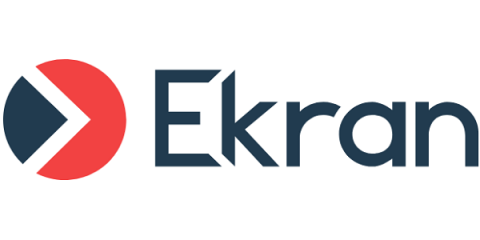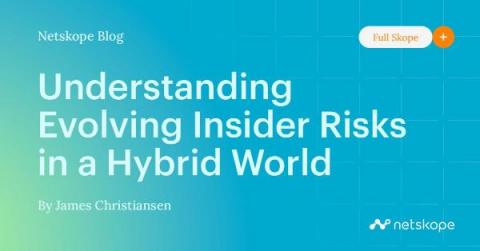Security | Threat Detection | Cyberattacks | DevSecOps | Compliance
Insider Threats
The latest News and Information on Insider Threats including employee monitoring and data privacy.
Workforce Security & Productivity - Best Practices for 2023
Bossware and the Future of Work
Recently, there has been considerable coverage of “bossware” and a focus on draconian types of “surveillance” some companies are using to stay on top of remote and flexible workforces. Articles claim companies are accessing the camera on laptops and tracking every movement so that employees can’t even go to the bathroom. In 1992, the New York Times ran a long article about Caller ID and how the new technology was an invasion of privacy.
Threat detection review: Insider threats in cybersecurity
Globally, 67% of companies experience between 21 to 40 insider-related incidents per year, according to Ponemon Institute’s The Cost of Insider Threats 2022 report. The same report reveals that the frequency and cost of insider attacks have increased significantly over the past two years. Insider threats are one of the tougher attacks to predict and prevent, because of the difficulty in identifying insiders.
Role-based Access Control vs Attribute-based Access Control: Which to Choose
Understanding Evolving Insider Risks in a Hybrid World
Insider risks are threats that already have access to an organization’s sensitive information. They are people who have physical access to the organization’s buildings and credentials to sign-on to the network. But maybe more importantly, they’re familiar with the organization’s processes, they speak the company lingo, and they know where the important assets reside.







